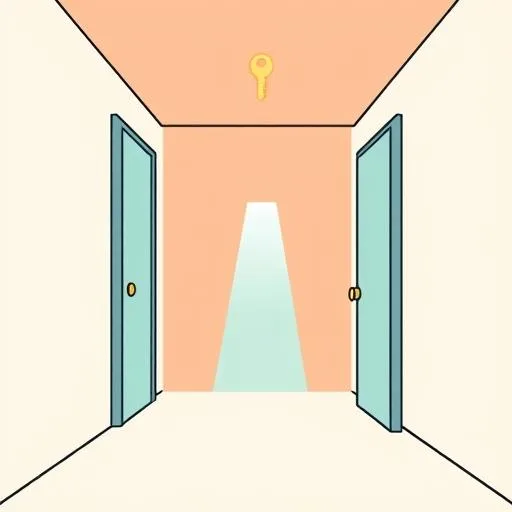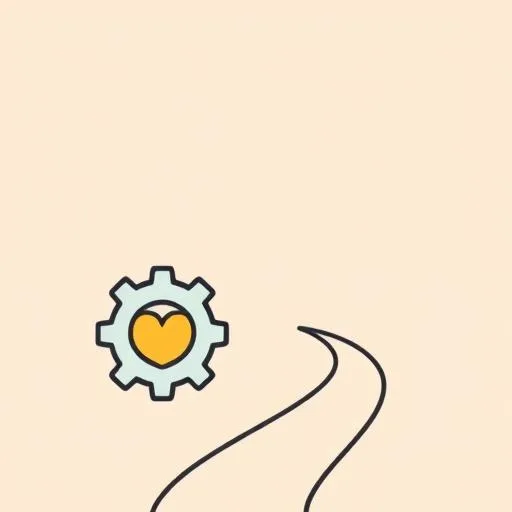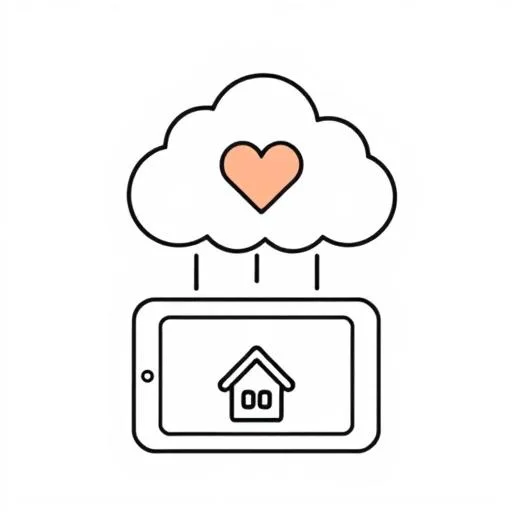
Ever had words catch in your throat like stubborn zipper? Now imagine that feeling day after day for your child. For families walking the autism path, communication barriers can feel like endless hallways with no doors. But here’s where hope steps in—what if technology became the gentle hand that finally turns the knob?
How Can Passion Ignite Change in Autism Support?

Remember that executive who traded boardrooms for breakthroughs? Udaya Dintyala did precisely that—leaving corporate hustle to build CognitiveBotics. Not for profit, but for possibility. Think about it: when your child struggles to say ‘I’m hungry’ or ‘I’m scared,’ what wouldn’t you do? That’s the fire behind tools born from lived experience. It’s not about replacing human hearts; it’s about helping those quiet voices finally shine through—they were there all along! Like discovering your kid’s secret language in scribbled drawings—suddenly everything clicks.
Why Is Personalization Key in Autism Tools?

Autism isn’t a one-size-fits-all puzzle—it’s 43 unique pieces in that 12-month study of CognitiveBotics alone. One child might burst into smiles with virtual reality playgrounds teaching eye contact; another finds calm in robot-assisted routines that turn ‘hello’ into a predictable game. Personalization isn’t tech jargon here—it’s the difference between shouting into a void and sharing a quiet ‘aha!’ moment. Reminds me of how we all learn differently: some kids memorize bus routes by heart, others need colorful maps. AI just customizes the journey, like drawing a map in their favorite colors.
What Small Steps Lead to Giant Leaps in Progress?

Progress isn’t fireworks—it’s noticing how your child now points to the apple instead of melting down, or how they mimic a cartoon character’s ‘thank you’ during gamified therapy. The science bears this out: tools blending AI with continuous therapy sparked measurable growth in social skills, cognitive leaps, and daily independence. It’s like watching a seedling finally push through soil after weeks of watering—it’s that heart-swelling moment when patience pays off. That park bench victory when they hand a leaf to a friend? Pure magic. And it’s happening quietly in living rooms worldwide, one personalized ‘try again’ at a time.
How Does Tech With Heart Support Autism Families?

Let’s keep it real: no algorithm replaces Grandma’s bedtime stories or the therapist’s knowing nod. AI’s sweet spot? Supporting the village around a child—not running it. Privacy concerns? Absolutely valid. Yet, when handled responsibly, tech can bend to human needs, not the other way around. Picture this: telehealth sessions bridging rural families to specialists, or apps adapting to sensory sensitivities mid-task. It’s tech that bends to human needs, not the other way around. Like a well-packed backpack on a hike—light yet essential.
What Can We Learn From Autism Support Tools?

Here’s the warm takeaway for every parent: communication is deeper than words. Watching AI help nonverbal kids ‘speak’ through tablets reminds us to lean into those preverbal moments—wiggly fingers, excited hums, or pointing at clouds. Why not try swapping screens for sidewalk chalk one afternoon? Trace shapes while describing feelings: ‘This blue swirl is happy!’ It builds the same neural pathways, minus the app. Most importantly, it whispers to families in the thick of it: You’re not alone. Every small connection is a bridge built, stone by patient stone. And that? That’s worth celebrating with a spontaneous kitchen dance. What small step could you take today to build your own bridge of connection?
Source: When AI comes to the aid of those with autism, The Hindu Business Line, 2025/09/08 01:25:00
